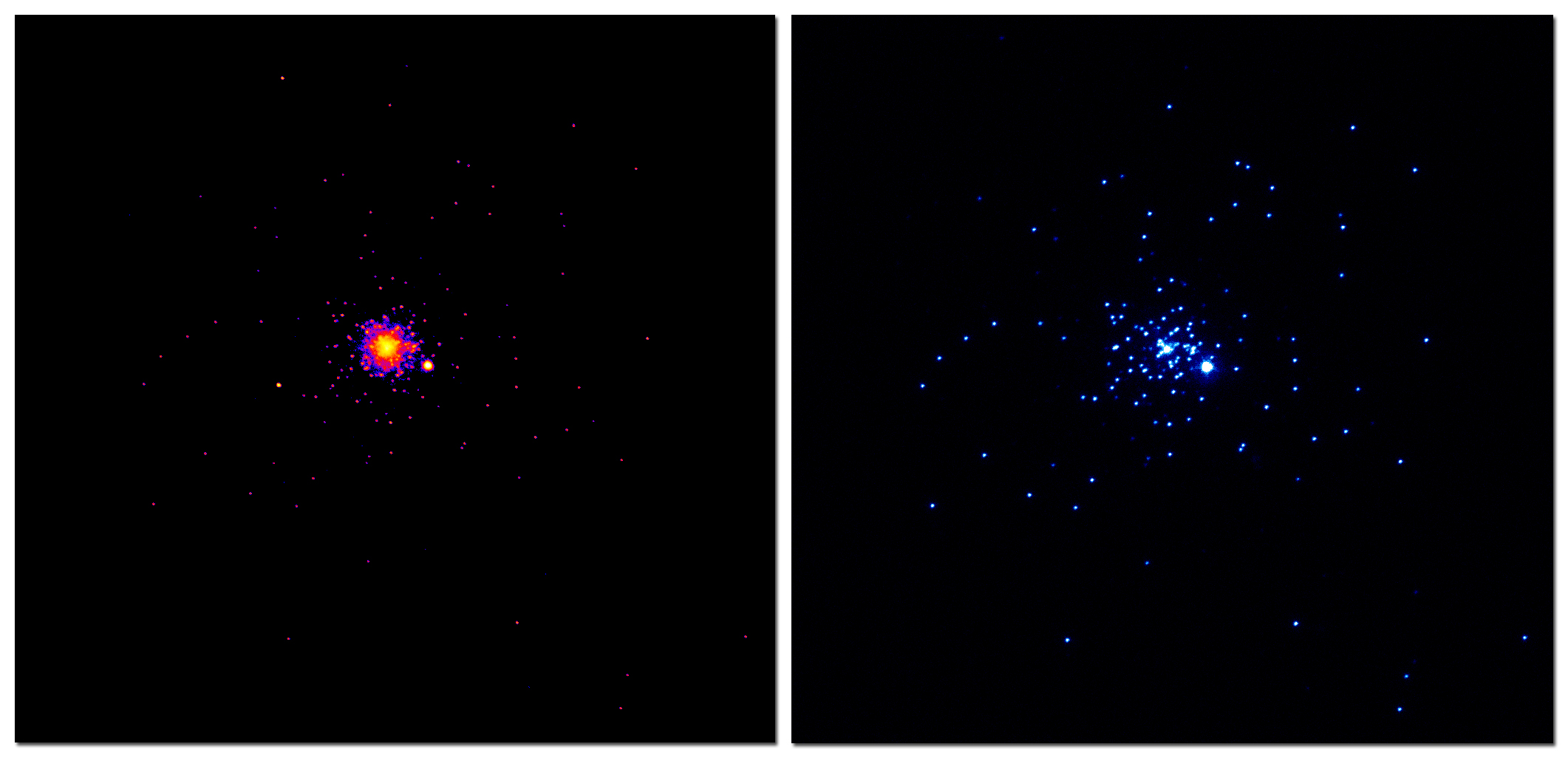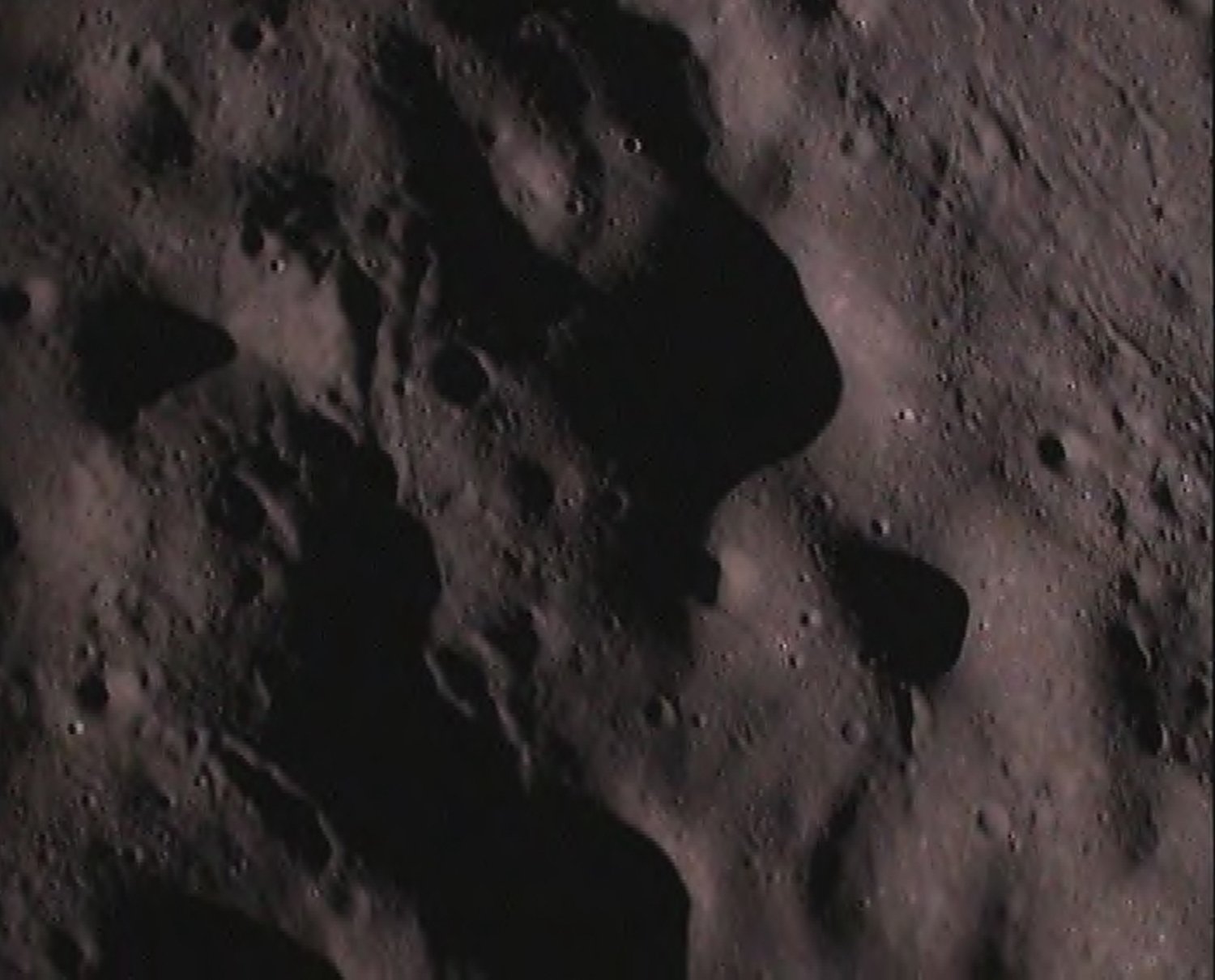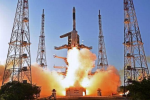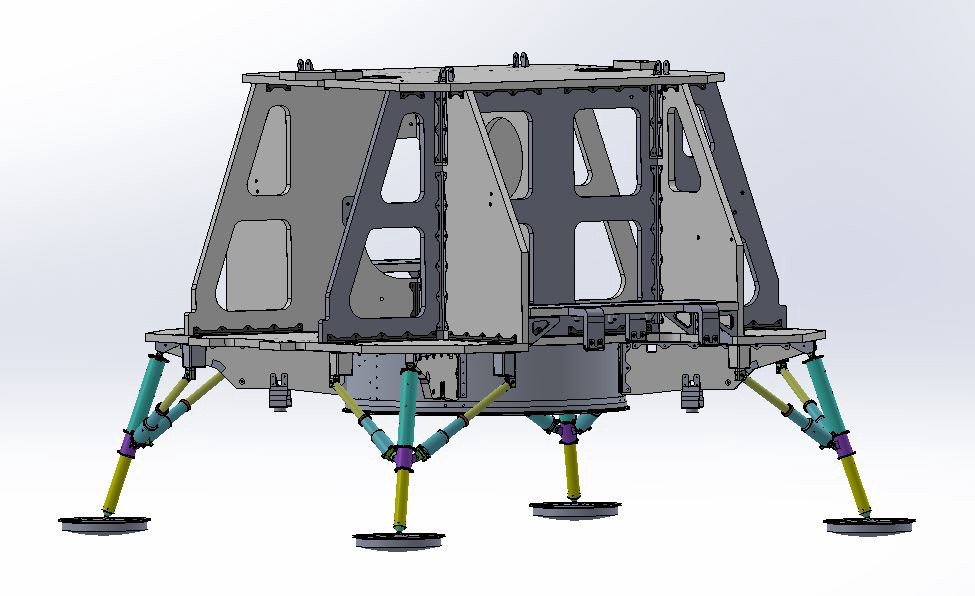T
Tarun
India prepares for a historic Moon Landing
Saturday, December 02, 2017
By: ET

The last time any country put boots on the moon was in 2013, when China landed its Yutu rover there. Before that, you'd have to look back to the 1970s to find anything built by Earthlings that camped out on the surface of the Moon.
4 months to go ::
ISRO is getting ready to land its very first lunar rover by the end of March 2018, as part of its Chandrayaan-2 mission.
Most ambitious project ::
This is not ISRO's first journey towards moon, but it is the Indian government's most ambitious moon exploration project to date.
Lunar surface ::
Chandrayaan-1 blasted off from Sriharikota island off the East coast of India in 2008, at an estimated cost of $83 million. The ISRO's 5-foot by 5-foot cube made it into lunar orbit, and detected some "magmatic water" on a moon crater.
Then, on November 14, 2008, the probe crashed into the moon and got lost in lunar orbit before NASA found the "derelict spacecraft" again in 2016.
This will be the ISRO's first attempt to get a more delicate and precise up-close look at the lunar surface.
Destination Moon ::
The Indian space team is preparing three unmanned vehicles for the trip: an orbiter craft that will hover above the moon's surface, plus a rover, and a lander that will safely plop that rover on the moon.
Mission Moon ::
If all goes well, this mission on the moon will be completed in 14 Earth days, that's just enough time for the moon to make one full orbit around our planet.
Future Projects ::
The Chandrayaan 2 mission is just one of the projects the ISRO is hoping to launch in the next several years. They're also working on a project called 'Aditya' that will study the sun, and a 5-year satellite, called 'XPoSat' that they want to use to learn more about cosmic radiation.
India is preparing a moon landing for 1st time in country's history - History in making
Saturday, December 02, 2017
By: ET

The last time any country put boots on the moon was in 2013, when China landed its Yutu rover there. Before that, you'd have to look back to the 1970s to find anything built by Earthlings that camped out on the surface of the Moon.
4 months to go ::
ISRO is getting ready to land its very first lunar rover by the end of March 2018, as part of its Chandrayaan-2 mission.
Most ambitious project ::
This is not ISRO's first journey towards moon, but it is the Indian government's most ambitious moon exploration project to date.
Lunar surface ::
Chandrayaan-1 blasted off from Sriharikota island off the East coast of India in 2008, at an estimated cost of $83 million. The ISRO's 5-foot by 5-foot cube made it into lunar orbit, and detected some "magmatic water" on a moon crater.
Then, on November 14, 2008, the probe crashed into the moon and got lost in lunar orbit before NASA found the "derelict spacecraft" again in 2016.
This will be the ISRO's first attempt to get a more delicate and precise up-close look at the lunar surface.
Destination Moon ::
The Indian space team is preparing three unmanned vehicles for the trip: an orbiter craft that will hover above the moon's surface, plus a rover, and a lander that will safely plop that rover on the moon.
Mission Moon ::
If all goes well, this mission on the moon will be completed in 14 Earth days, that's just enough time for the moon to make one full orbit around our planet.
Future Projects ::
The Chandrayaan 2 mission is just one of the projects the ISRO is hoping to launch in the next several years. They're also working on a project called 'Aditya' that will study the sun, and a 5-year satellite, called 'XPoSat' that they want to use to learn more about cosmic radiation.
India is preparing a moon landing for 1st time in country's history - History in making


















